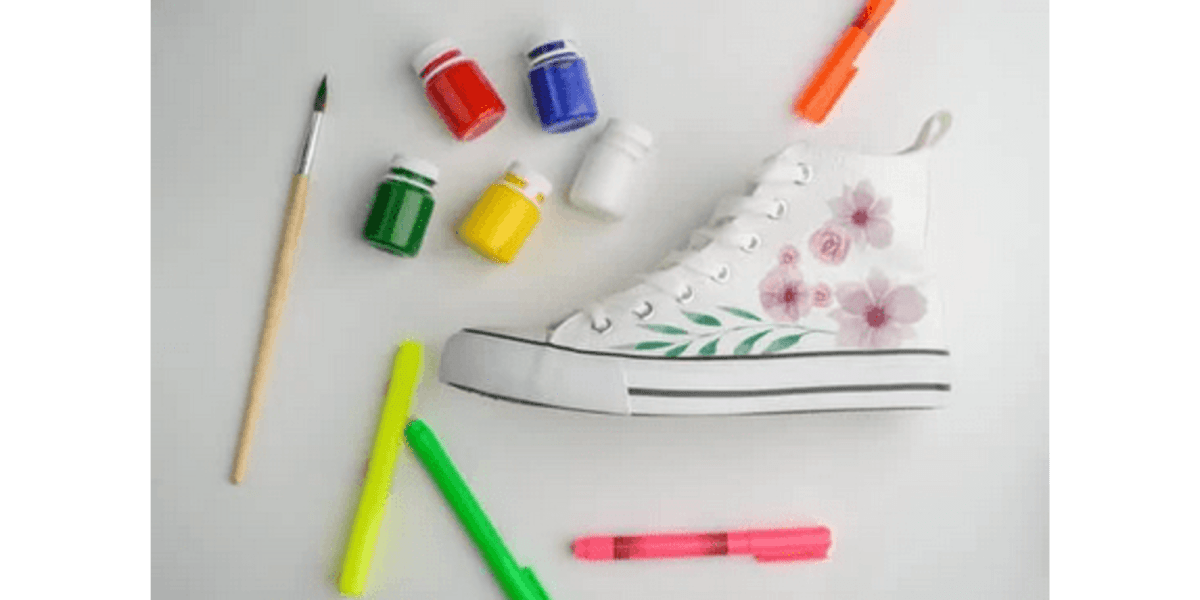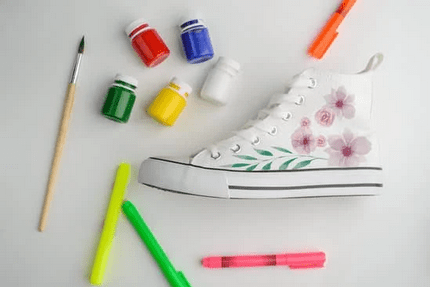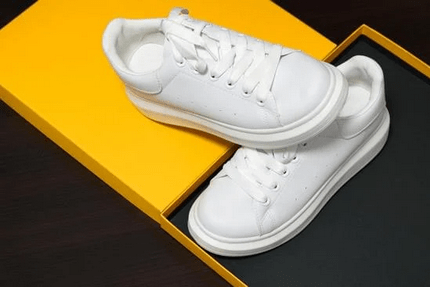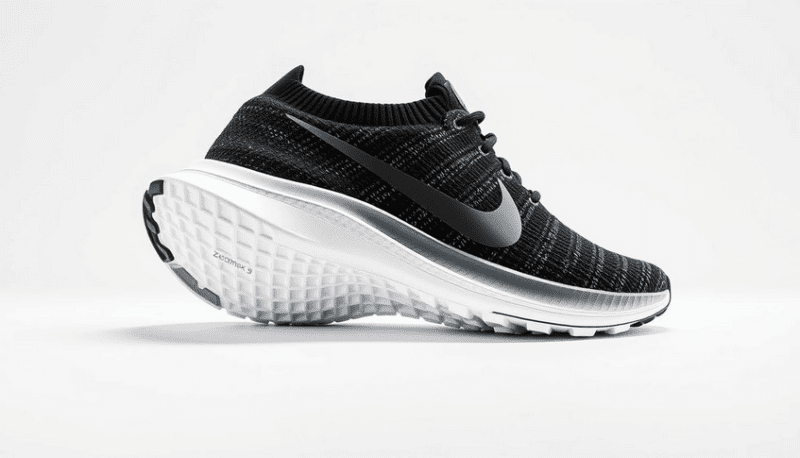Manufacturing of Sneakers
Another essential material in making sneakers is foam. Foam is used for the insole of the shoe to provide comfort and shock absorption. It is also often used in the midsole to enhance the cushioning of the shoe. Foam comes in various densities and thicknesses to suit different styles and needs of sneakers.
Textiles are also a crucial material in making sneakers. Fabrics such as canvas, mesh, and leather are commonly used for the upper part of the shoe. These materials provide breathability, flexibility, and style to the sneaker. In addition, synthetic materials like PU and PVC are used for overlays and reinforcements to enhance the durability and structure of the shoe.
Lastly, adhesives play a vital role in the construction of sneakers. Adhesives are used to bond different parts of the shoe together, such as attaching the outsole to the upper. These adhesives provide a strong and durable bond to ensure the longevity of the sneaker. Overall, these materials work together to create the high-quality and stylish sneakers that we know and love. Enjoyed unveiling how sneakers are made? Check out our other articles about sneaker fashion and trends!
Sneaker Design and Development Process
The process of designing and developing sneakers is a fascinating journey that combines art, science, and technology. It all starts with a creative vision from the design team, who draw inspiration from various sources such as fashion trends, customer feedback, and even nature. They sketch out different concepts and create mood boards to bring their ideas to life.
Once a design is finalized, it is time to bring it into the physical world. This is where the development phase comes into play. Materials are carefully selected for their durability, flexibility, and aesthetics. From premium leather to high-tech fabrics, every component is chosen with the utmost care to ensure optimal comfort and performance for the wearer.
Next comes the manufacturing process, where skilled artisans and technicians work together to assemble the various parts of the sneaker. Cutting, stitching, molding, and bonding are just some of the many steps involved in creating a high-quality shoe. Each pair goes through rigorous quality control to ensure that it meets the brand's standards before being packaged and shipped out to retailers.
Through this intricate process, sneakers are made with precision and passion. From the initial design concept to the final product, every step is carefully thought out to deliver a sneaker that not only looks great but also feels amazing to wear. So the next time you lace up your favorite pair of kicks, take a moment to appreciate the craftsmanship and dedication that goes into making them. Catch a glimpse into the world of how sneakers are made, and you'll never look at your footwear the same way again.
Manufacturing Steps for Sneaker Production
Sneakers are made through a series of carefully executed manufacturing steps that involve a combination of high-tech machinery and skilled craftsmanship. The process typically begins with the design phase, where concepts are developed and refined to ensure both functionality and style. Once the design is finalized, the production process kicks into high gear.
The first step in manufacturing sneakers is the cutting of materials. This involves cutting patterns from various fabrics and materials such as leather, mesh, and rubber to create the different components of the shoe, including the upper, lining, and outsole. Precision is key in this step to ensure that each piece is cut to the exact size and shape required for assembly.
Next, the shoe components are stitched together using specialized sewing machines. Skilled workers carefully sew together the various parts of the shoe, such as the upper to the lining and the outsole to the upper. This step requires a keen eye for detail and precise hand-eye coordination to ensure that the shoe is assembled correctly.
Once the shoe is stitched together, it moves on to the lasting and sole attachment phase. In this step, the shoe is placed on a last (a form shaped like a human foot) to give it its final shape. The sole is then attached to the shoe using adhesive or stitching, depending on the design. This step requires a delicate touch to ensure that the shoe maintains its shape and structure throughout its lifespan.
Quality Control in Sneaker Manufacturing
In addition to materials, the construction of the sneakers is also closely inspected during the manufacturing process. Skilled shoemakers work tirelessly to assemble each pair of sneakers with precision and attention to detail. The stitching, gluing, and finishing processes are all carefully monitored to ensure that the sneakers are made to the highest standard. This meticulous approach to construction helps to prevent defects and ensure that every pair of sneakers is of the highest quality.
Another important aspect of quality control in sneaker manufacturing is testing. Before the sneakers are released to the market, they undergo rigorous testing to ensure that they meet safety and performance standards. This testing includes evaluations of the sneakers' durability, cushioning, flexibility, and overall comfort. By conducting thorough testing, manufacturers can identify any potential issues and make necessary adjustments to ensure that the sneakers are made to the highest quality standards.





